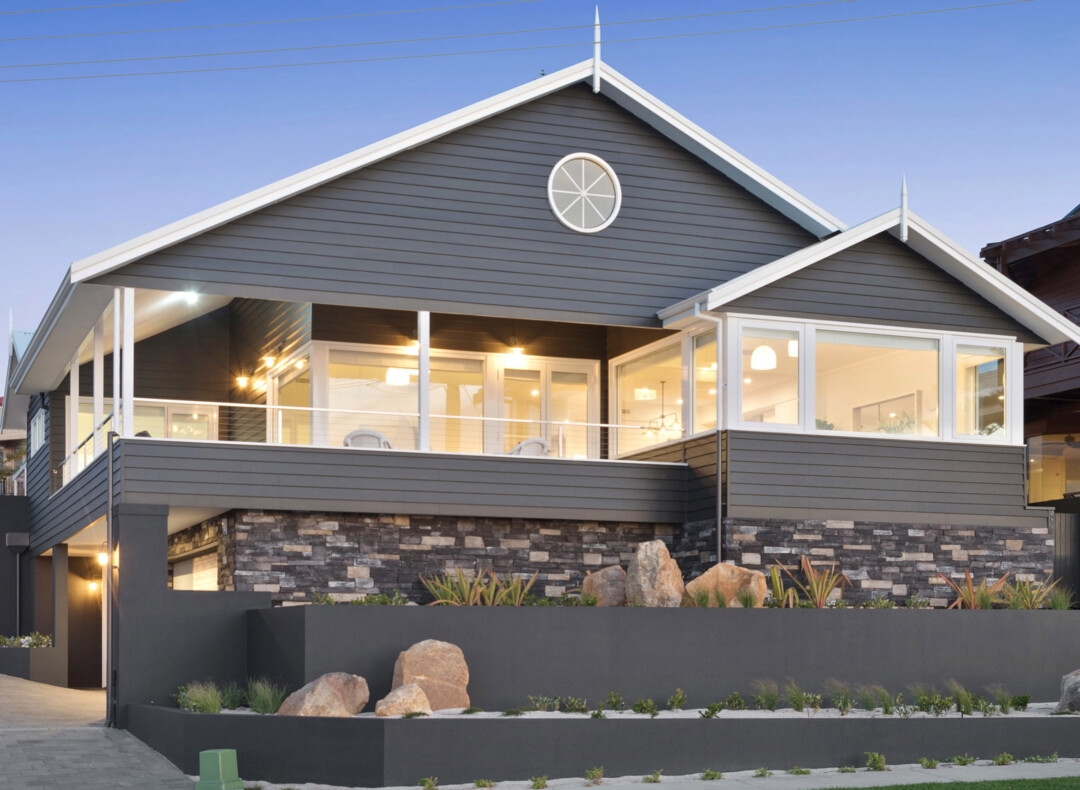All Categories
Featured
Table of Contents
What Are The Advantages Of Double Glazed Windows? in Upper Swan Perth
That window can transmit more solar heat in winter season than in summertime. A west-facing window on a summer's afternoon has an angle of incidence from near 0 approximately 30 with a large efficient area of solar radiation. A north-facing window, in summer, has a high angle of occurrence and a low reliable area of solar radiation, so can transfer less heat than a west-facing one.

You can quickly and easily improve the thermal performance of your home by changing your windows. There are thousands of types of glass and frames to choose from.
Double Glazing - Albury - Twin Cities Glass in Ballajura Western Australia
There are various types of glass products to pick from. Single glazing utilizes a single pane of glass. Single glazing with clear glass is not extremely efficient when it comes to heat loss or gain. To improve performance, you can use single glazing with a more energy-efficient type of glass such as low emissivity (low-e) glass.
The energy efficiency of IGUs also depends on: the homes of each layer of glass. Different glass types (for example, clear and low-e glass) can be put together in an IGU.
Glass Selector - Custom Single & Double Glazed ... in Armadale Perth

IGU cavities can be filled with air or a more inert, low-conductivity gas such as argon the width of the cavity. Wider cavities supply lower (much better) U worths, with 12mm typically accepted as the preferred gap how well the cavity is sealed.
If argon is set up to the cavity in location of air, wetness is reliably excluded the level of desiccant (drying agent). The spacer (metal or polymer strip) that separates the glass layers includes a desiccant to absorb any moisture. Inadequate desiccant might trigger moisture to condense on the glass surface in cold conditions, decreasing thermal performance.
Glazing And Glass Options - Smarter Homes in Warnbro WA
IGUs can provide better energy performance for all climates, particularly in heated and air-conditioned houses. Cross-section detail of single, double and triple-glazing systems Low emissivity glass (frequently referred to as low-e glass) decreases heat transfer. Low-e glass may be either high or low transmission: High transmission low-e glass has a covering that allows daytime from the sun to pass into your house to achieve great solar heat gain, but lowers the amount of the long wavelength infrared heat that can leave back through the window.
Low-e glass has either a pyrolytic covering or a vacuum-deposited thin film metal finishing. Pyrolytic coatings are durable and can be utilized for any glazing; vacuum-deposited coatings are soft and are only used within IGUs. Low-e coatings can significantly enhance both U worth and SHGC; however, they should be utilized properly or they will either degrade or fail to perform as needed.
Double Glazed Windows – Their Amazing Benefits For ... in Kenwick Western Australia
Low-e coverings can be used in mix with clear, toned or reflective glass. Low-e finishings on glazing can decrease heat transfer where required Image: Department of Market, Science, Energy and Resources Toned glass has actually colouring ingredients included during manufacture. It is available in different colours, normally bronze, grey, blue and green.
Latest Posts
Diy Double Glaze in Koondoola WA
Glass Selector - Custom Single & Double Glazed ... in Midvale Perth
Does Double Glazing Keep Heat Out in Woodvale Western Australia